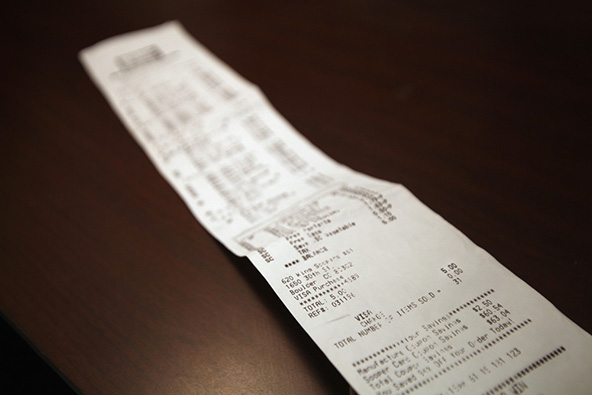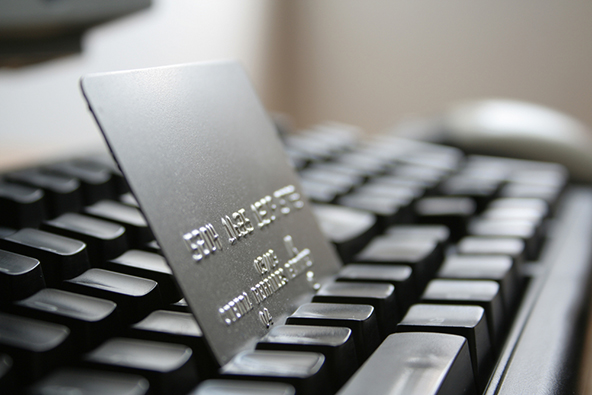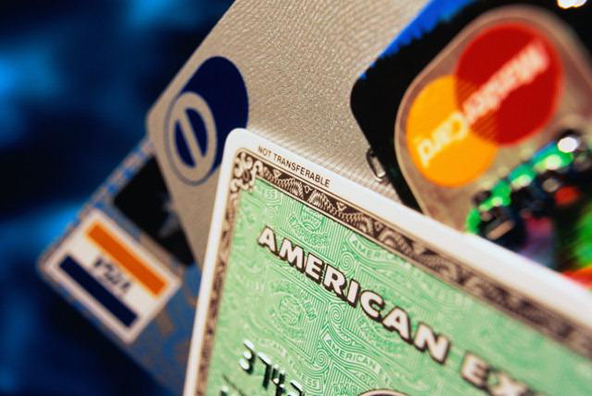Credit Card Sales Receipt Processing

Accepting your customer’s order and processing his or her payment is not the end of the transaction cycle. In fact, customer disputes and chargebacks most often result from inadequate order processing procedures following the payment acceptance. Once an order has been placed, the merchant needs to acknowledge it and to issue a sales receipt. The required information for credit card receipts has been reviewed in details in another post.
Listed below are several guidelines to help you process and deposit sales receipt in a way that will promote customer satisfaction, limit chargebacks and ensure compliance with industry regulations:
- “No Chargeback” sales receipts. A new type of sales receipt stocks have been seen in circulation that are being sold to merchants. They bear a printed statement that the cardholder waives the right to charge the transaction back to the merchant. Such receipts are marketed with the claim that they protect merchants against chargebacks. Be advised that these receipts do not protect you against chargebacks, nor do they revoke the cardholder’s right to dispute a transaction.
- One entry for each transaction. Make sure that transactions are entered into a point-of-sale or a virtual terminal only once and are deposited only once. You may get a chargeback for duplicate transactions if you:
- Enter the same transaction into a terminal more than once.
- Deposit both the merchant copy and bank copy of a sales receipt with your processing bank.
- Deposit the same transaction with more than one processing banks.
- Voiding incorrect or duplicate sales receipts. You should void incorrect or duplicate sales receipts and make sure that transactions are processed only once.
- Depositing sales receipt. Deposit sales receipts with your processing bank as quickly as possible, preferably within one to five days of the transaction date; do not hold on to them.
- Depositing credit transactions. Deposit credit receipts with your processing bank as quickly as possible, preferably on the same day the credit transaction is generated.
- Ship goods before depositing transactions. For card-not-present transactions, do not deposit sales receipts with your processing bank until you have shipped the merchandise. E-commerce, mail order and telephone order (MO / TO) merchants find it very hard to comply with this requirement. For them, it only makes sense that the payment is processed right after the order has been placed. It is important to understand, however, that in card-not-present transactions, the transaction date is the date on which the merchandise is shipped, not the date on which the order is placed. There is a good reason to comply with this requirement, because, if customers see a charge on their credit card statement before they receive the product, they may contact their card issuers and dispute the billing.
Similarly, if delivery is delayed on a card-present transaction, do not deposit the sales receipt until the merchandise has been shipped. Keep in mind that today transactions are posted on cardholders’ accounts and can be reviewed in almost real time.
- Cancellation of recurring transactions. If you receive a cancellation request for a recurring transaction, you should cancel the transaction immediately or as specified by the customer. Then send the customer a written note that the service, subscription, or membership has been canceled and state the effective date of the cancellation. Be advised that, if a cardholder filed a dispute over a canceled recurring payment, he or she would not have to produce a written cancellation request. All that is required is that the customer verbally requests the cancellation.
Image credit: Cuindependent.com.


